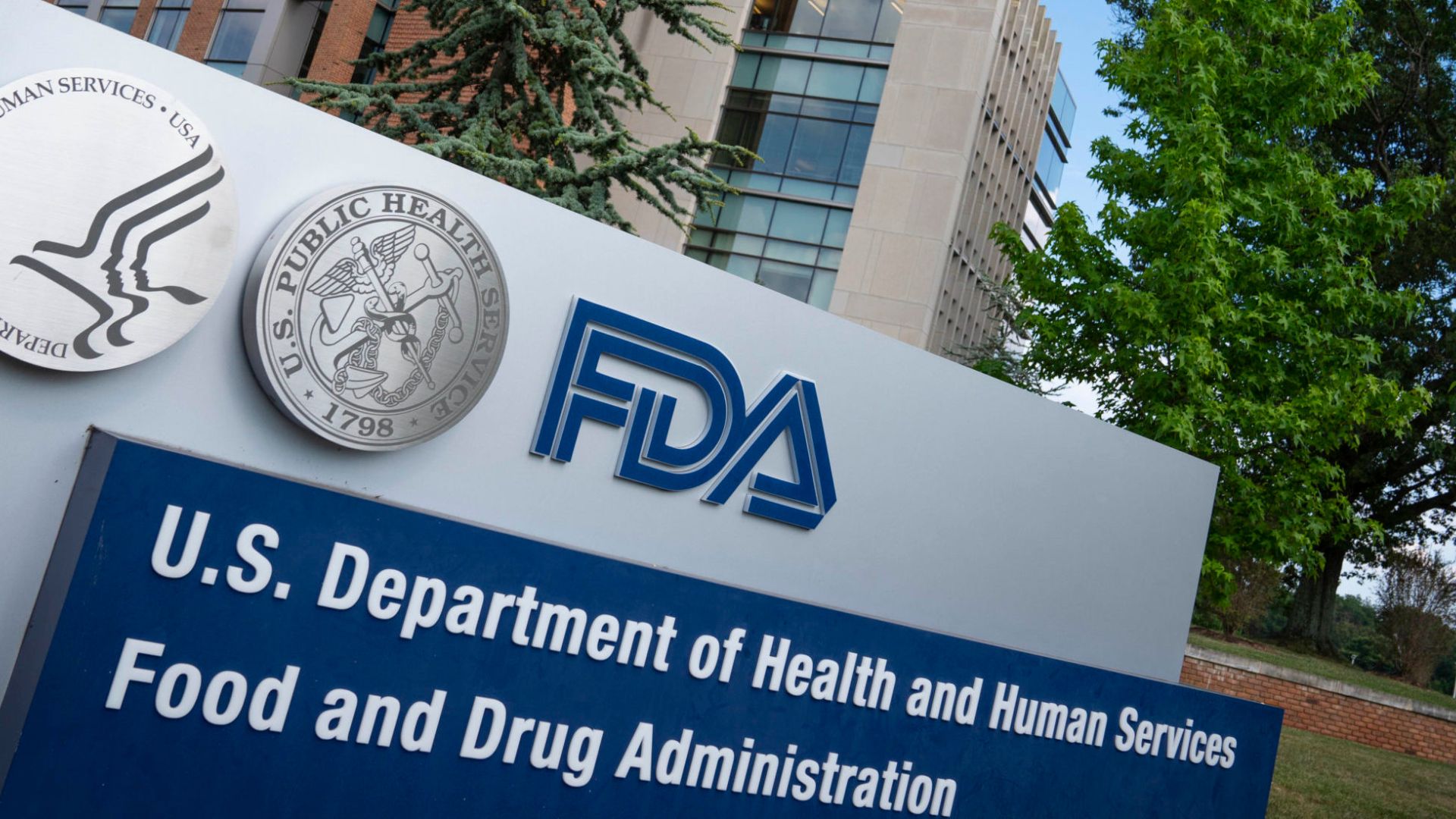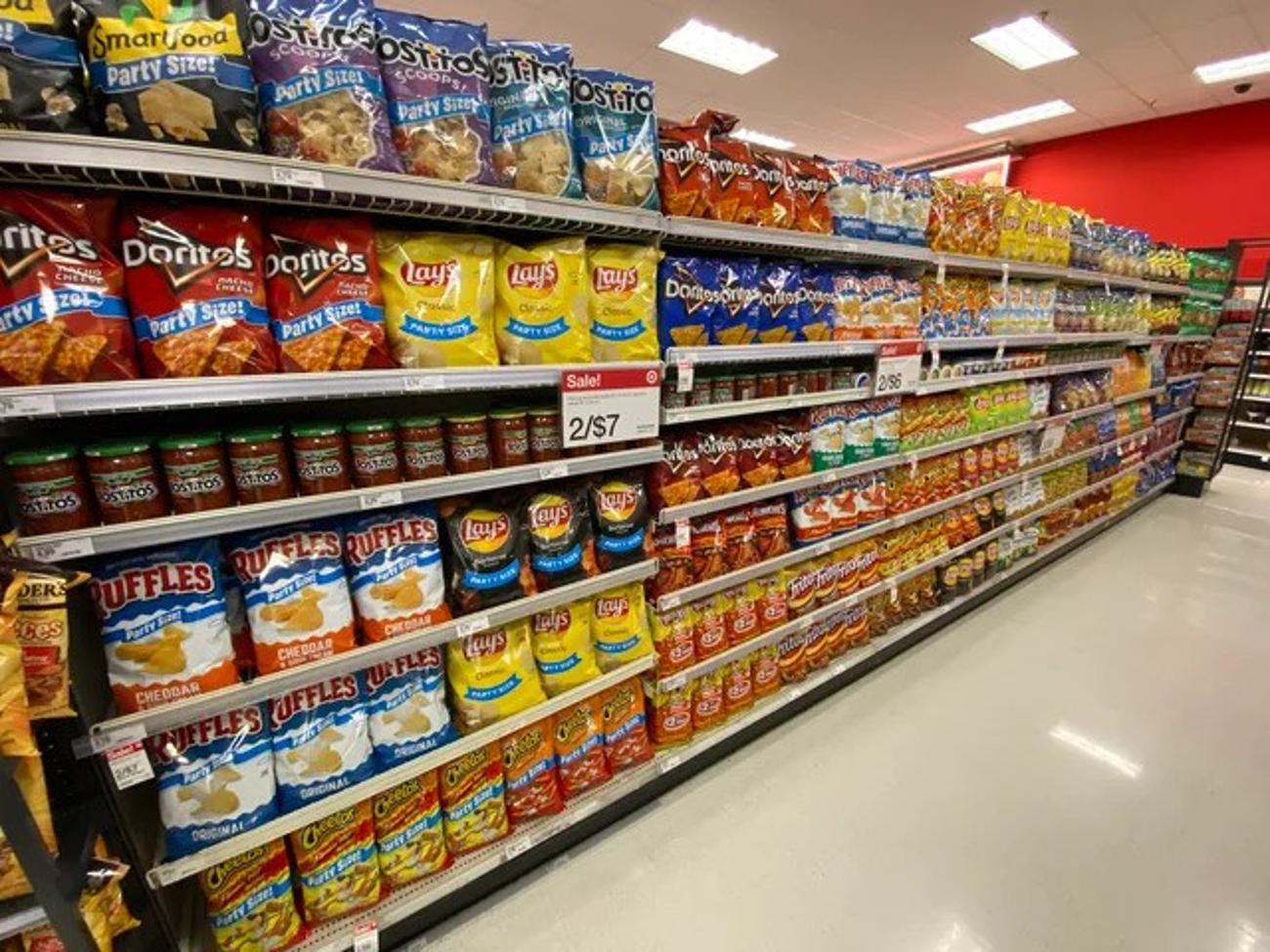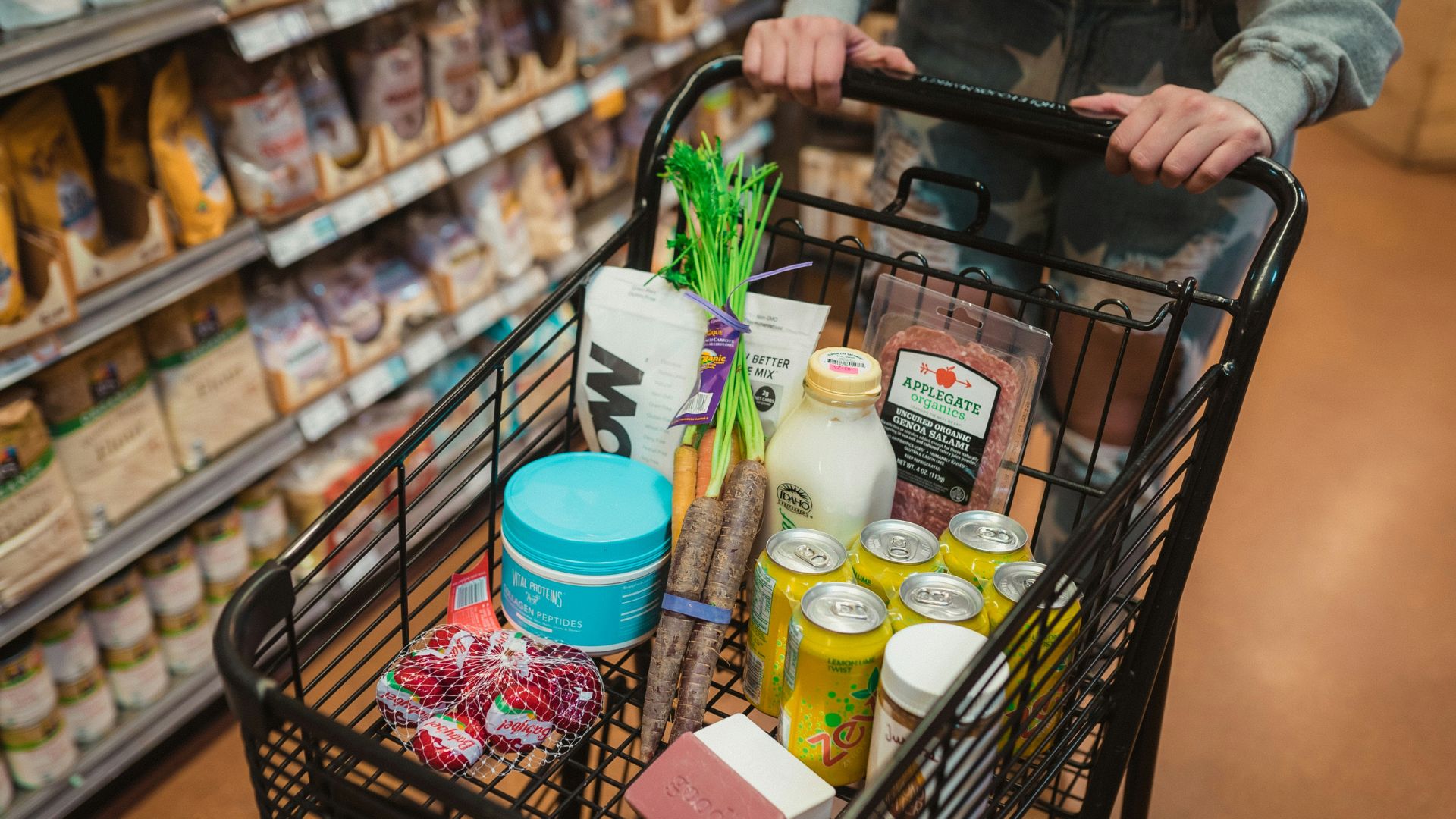The Food and Drug Administration (FDA) is expected to introduce a new rule requiring prepackaged foods in the U.S. to display key nutrient information on the front of the packaging, in addition to the existing nutrition label on the back.
This initiative aims to provide quick and clear health information to consumers about the food and beverages they are considering.
Already Implemented in Various Countries

Many countries already have front-of-package nutrition labels in various forms. For instance, Chile uses a stop sign symbol to indicate high levels of sugar, saturated fat, sodium, or calories.
In Israel, there’s a red warning label for such products, and in Singapore, beverages are graded based on their nutritional value.
Advocates Have Been Waiting Almost 20 Years

For nearly two decades, advocates have urged the FDA to mandate front-of-pack labels, claiming they help people make healthier choices and encourage food manufacturers to improve their recipes.
The FDA remained mostly silent on this issue until it announced plans to explore front-of-pack labels as part of a national health strategy unveiled at the 2022 White House Conference on Hunger, Nutrition, and Health.
FDA Performs Research

Since then, the FDA has reviewed research and conducted focus groups to test label designs.
However, the proposal faces opposition from trade associations representing the food and beverage industry, which created their own voluntary front-of-package labeling system over a decade ago.
First Amendment Challenges

Some of the FDA’s proposed label designs may also face First Amendment challenges.
Jennifer Pomeranz, an associate professor at NYU’s School of Global Public Health, noted that factual designs—such as listing grams of added sugars—are more likely to be deemed constitutional compared to interpretive designs with shapes or colors indicating healthiness.
Traffic Light System

The FDA tested various label options, including traffic light colors to indicate high (red), medium (yellow), or low (green) levels of saturated fat, sodium, or added sugars.
This included labels indicating if a product is “high in” these nutrients, sometimes with the percentage of the recommended daily value per serving.
FDA yet to Disclose More Information

An FDA spokesperson did not reveal which label design will be used or when the proposed rule will be released, only indicating it is targeted for this summer despite a previous deadline.
The Consumer Brands Association and FMI, which created the voluntary Facts up Front label system in 2011, oppose mandatory interpretive designs like the red light/green light system.
Opposition From Other Groups

They argue that such labels may unnecessarily alarm consumers and fail to provide meaningful context about how a food item fits into a healthy diet.
Their system highlights up to four key nutrients—calories, saturated fat, sodium, and added sugars—on the front of packages and can include information on beneficial nutrients like potassium or fiber. The association reports that 207,000 products featured Facts up Front as of 2021.
Comprehensive Labeling on All Products

Advocates for mandatory labeling argue that the voluntary system is insufficiently widespread and lacks interpretive context.
Eva Greenthal from the Center for Science in the Public Interest, which first petitioned the FDA in 2006 for front-of-pack labels, emphasized the need for comprehensive labeling across all products, not just those from participating manufacturers. She also criticized the voluntary labels for not helping consumers interpret the information effectively.
Healthier Consumer Choices

Courtney Gaine, president and CEO of the Sugar Association, supports transparency but questions the effectiveness of mandatory front-of-pack labeling in improving diets.
Greenthal and other proponents, however, cite global evidence showing that such labels lead to healthier consumer choices and product reformulations, as seen in Chile since 2016.
Informing Consumers

The FDA’s own review of scientific literature found that front-of-pack labels help consumers identify healthy foods and are particularly beneficial for those with lower nutrition knowledge and busy schedules.
This discussion is set against a backdrop of rising obesity rates in the U.S., with obesity affecting about 42% of adults and diet-related diseases causing over a million deaths annually.
Addresses Diet-Related Diseases

Xaq Frohlich, an associate professor at Auburn University, noted that changes to food labels have historically led to industry reformulations, improving food quality even if consumers do not directly read the labels.
Greenthal highlighted the importance of front-of-package labeling for various groups, including busy parents and individuals with low nutrition literacy, and stressed the urgency of addressing diet-related chronic diseases through such policies.








































